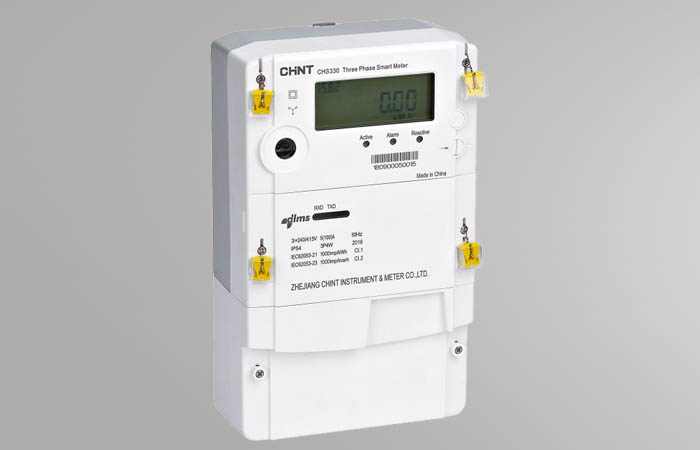Integrating electricity prepaid meters with solar panels is an effective way to harness solar power while maintaining efficient usage tracking.
1. Solar Panel Installation
Begin by installing solar panels on your rooftop or property to generate clean, renewable energy from the sun.
Ensure that the solar panels are correctly oriented to maximize sunlight exposure throughout the day.
2. Solar Inverter and Battery System
Install a solar inverter and battery system that converts the solar energy generated into usable electricity for your home.
This system stores excess energy in batteries for use during periods when solar generation is low or at night.
3. Connection to Prepaid Meter
Connect the output of your solar inverter to the electricity prepaid meter within your home’s electrical circuit.
This allows the meter to measure both the electricity generated by your solar panels and the electricity supplied by the grid, if needed.
4. Real-time Monitoring
Utilize a smart prepaid meter that offers real-time monitoring capabilities. These meters often come with user-friendly online platforms.
With the platform, you can track your electricity consumption, solar energy generation, and battery status in real-time.
5. Usage Management
Take advantage of the monitoring features to manage your electricity usage efficiently.
During sunny days, use more appliances or charge electric vehicles to make the most of the solar energy you generate.
Track your consumption patterns to optimize your energy usage and reduce reliance on the grid.
6. Energy Savings
By integrating solar panels and a prepaid meter, you can significantly reduce your reliance on conventional grid electricity, leading to long-term cost savings.
Any excess solar energy you generate can be sold back to the grid or stored in batteries for later use.
7. Environmentally Friendly
This integration reduces your carbon footprint by relying on clean solar energy, contributing to a more sustainable and eco-friendly lifestyle.

Leave a Reply